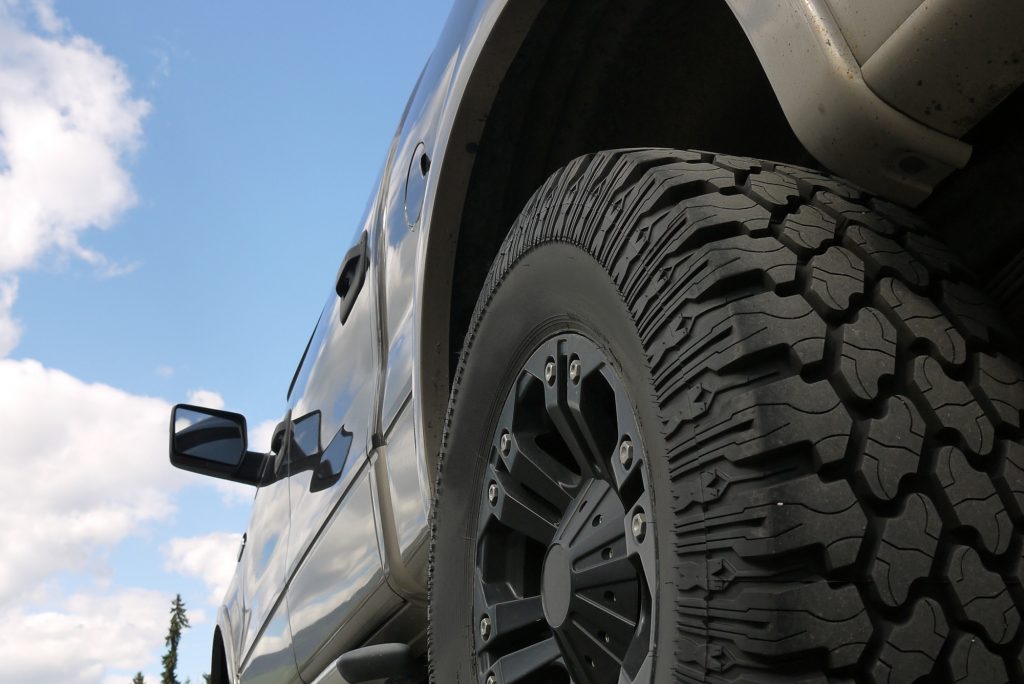
Picture this.
You’re going somewhere in your car. Maybe you’re heading to work. Maybe you’re visiting a friend.
But somewhere between the nearest corner from your house and your attempt to merge into the left lane, you have a sudden realization:
It’s time to get new tires.
What type of tire do you need? What can you do to make sure that you have the right tires?
We’ve put together a list of our top tips on selecting tires. Keep reading to find out more.
1. Factor in the Weather Conditions in Your City
It turns out that wardrobes and jackets aren’t the only things that need to change with the seasons —your tires do too.
That’s why tires come in summer, winter, and all-season forms.
While some people would argue that a tire is a tire, different types of tires have different strengths.
If you live in a part of the country that doesn’t see extreme winters or freezing temperatures, you may be able to get by on all-season tires or summer tires. However, in the interest of preventing wear and tear, it’s not unheard of for some people to have two or three different types.
2. Look for Tires With Longevity
When you drive in the city or a small town, you’re often stopping and starting multiple times as you pass by stop signs and traffic lights. Although you might not notice it right away, those starts and stops can wear on a tire.
That’s why it’s generally recommended that you make sure your tires are built to last a long time.
How do you know if you’ve got a tire with longevity on your hands?
You can look at both the read-wear rating and the tire mileage warranty to get a sense of how many miles you can expect to get. As with any purchase, there are no guarantees, but you can usually get more bang for your buck when you purchase more durable tires.
3. Don’t Forget to Look at the Braking Distance
When you’re driving around town, you may have to use your brakes on short notice. Maybe a kid or a family of ducks have darted across the road out of nowhere. Or maybe you’re driving behind a particularly indecisive driver.
Whether you’re driving in heat or on ice, you need tires that are up for the job.
To be clear, sometimes the problem isn’t with the tire per se. Summer tires will often do an amazing job on hot summer roads but will struggle to perform to the same level in icy conditions.
However, the better your tires are with braking distance, the safer you’ll be on the road.
4. Don’t Forget About Your Driving Preferences
Are you a sucker for quiet and calm after-work drives or are you all about enjoying the feel of every bump and turn?
Sometimes finding the right tire comes down to understanding how you like to drive.
But if you like a whisper-quiet ride, then you’ll want to make sure that your tires have minimal road noise. And you’ll know when you’ve found these tires because you’ll see words like “comfort” and “smooth drive” in the product description.
But if you’re the opposite and you like a high-event drive, you might be looking for tires that promote higher speed ratings as well as better handling.
5. Decide If Flat-Run Tires Are Ideal
There are few things scarier to imagine than having to get out of your car and change a flat tire by the side of an abandoned road late at night.
Flat-run tires have earned their name from the fact that you can drive on them for short distances even after they’ve been punctured. This means that if you drive carefully and slowly after getting a flat, you can drive to safety before making a change.
If this feature sounds useful to you, then you may want to keep an eye out for tires with this capability.
6. Consult Your Owner’s Manual
There’s an average of six million car accidents in the U.S. every year.
You don’t want to increase your chances of being in a collision simply because you bought the wrong tires. The owner’s manual will often include manufacturer recommendations about the best tires to use with your car.
And if you’re not sure where the manual is or what tires to use, you can often google the manufacturer and find the answers you’re looking for.
7. Be Willing to Shop Around
You often hear this advice get thrown around when it comes to insurance or dental work. But the classic suggestion to shop around applies just as strongly when you’re figuring out how to buy tires.
Some dealerships will quote match. And you never know when that place or this tyre company might be looking to sell some inventory before receiving the next shipment.
The easiest way to make sure that you’re not overpaying for your new tires is to simply take a look around before buying.
8. Look At Your Old Tires Before You Throw Them Out
You don’t need us to tell you about how next to busted brakes and broken engines, a bad suspension is the stuff of nightmares for car owners.
One way to tell if there could be problems with your car is to take a look at your old tires before you replace them. Are your left-side tires more worn down? Is there more damage to the inside of your tire as compared to the outside?
It costs you nothing to take a look at your old tires before you throw them away.
Here’s How You’ll Know If You’ve Found the Right Tires
As a car owner and a consumer, the last thing you want is to buy fantastic tires that simply aren’t the right tires for your car. But at the same time, learning how to choose tires can be complicated. With the help of the tips, we’ve just listed, however, figuring out how to buy tires becomes a lot easier.
Want to learn more about cars and tires? Check out our site to find out more.




